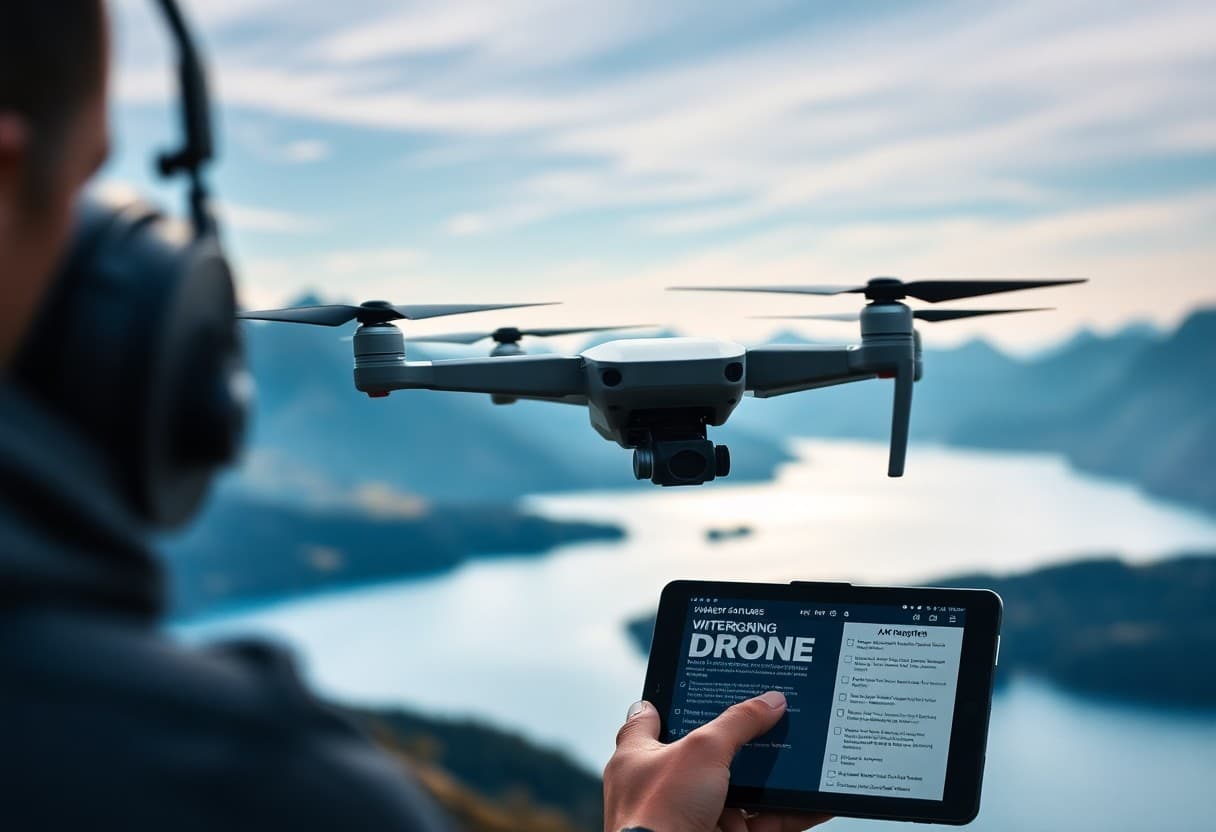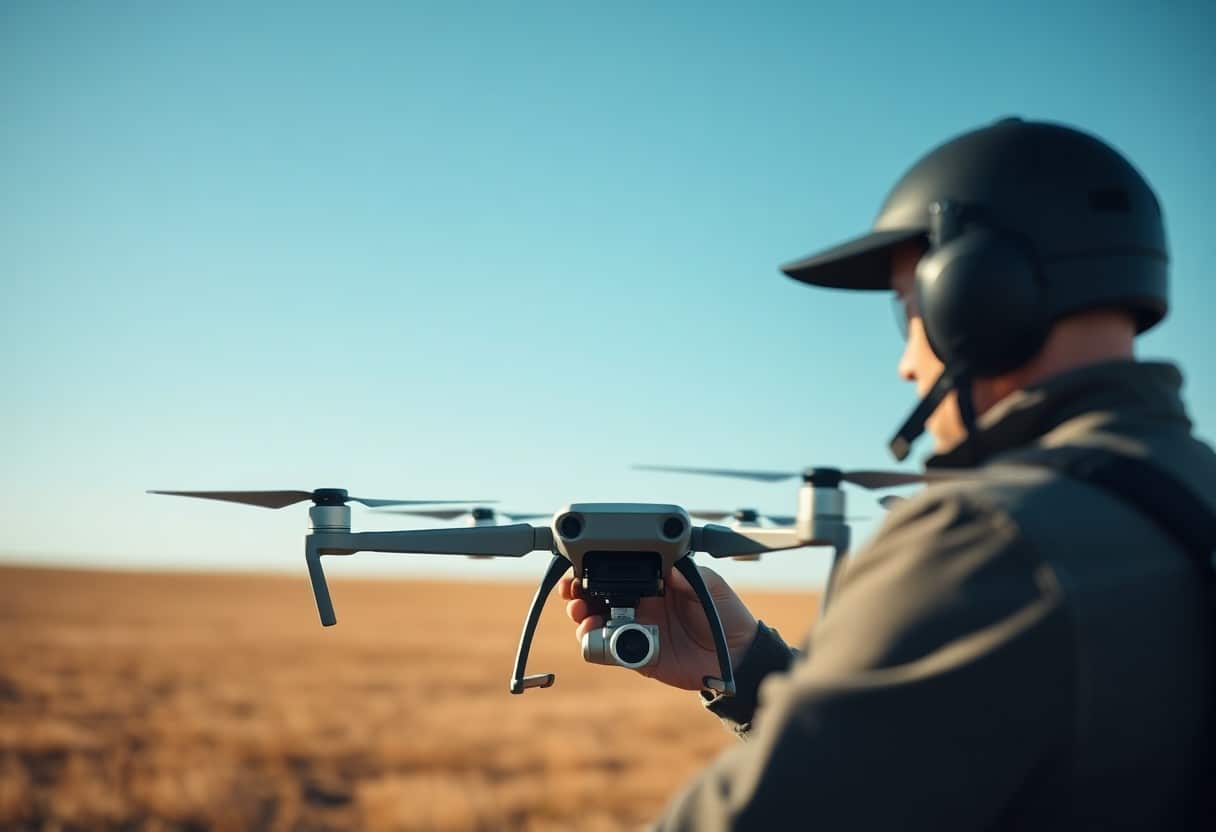Navigating Drone Regulations - 8 Steps to a Successful License Application
In this article, you will learn toThe Basic Elements of Drone Regulationand obtainedEight Stepsto help you successfully apply for a permit. With the popularity of drones, understandingRelevant Laws and RegulationsIt's becoming more and more important. Not only do you need to make sure you're operating legally, but you also need to avoid hefty fines and legal issues. With these guiding steps, you'll be able to get through the application process and get your drone program where you want it to be.
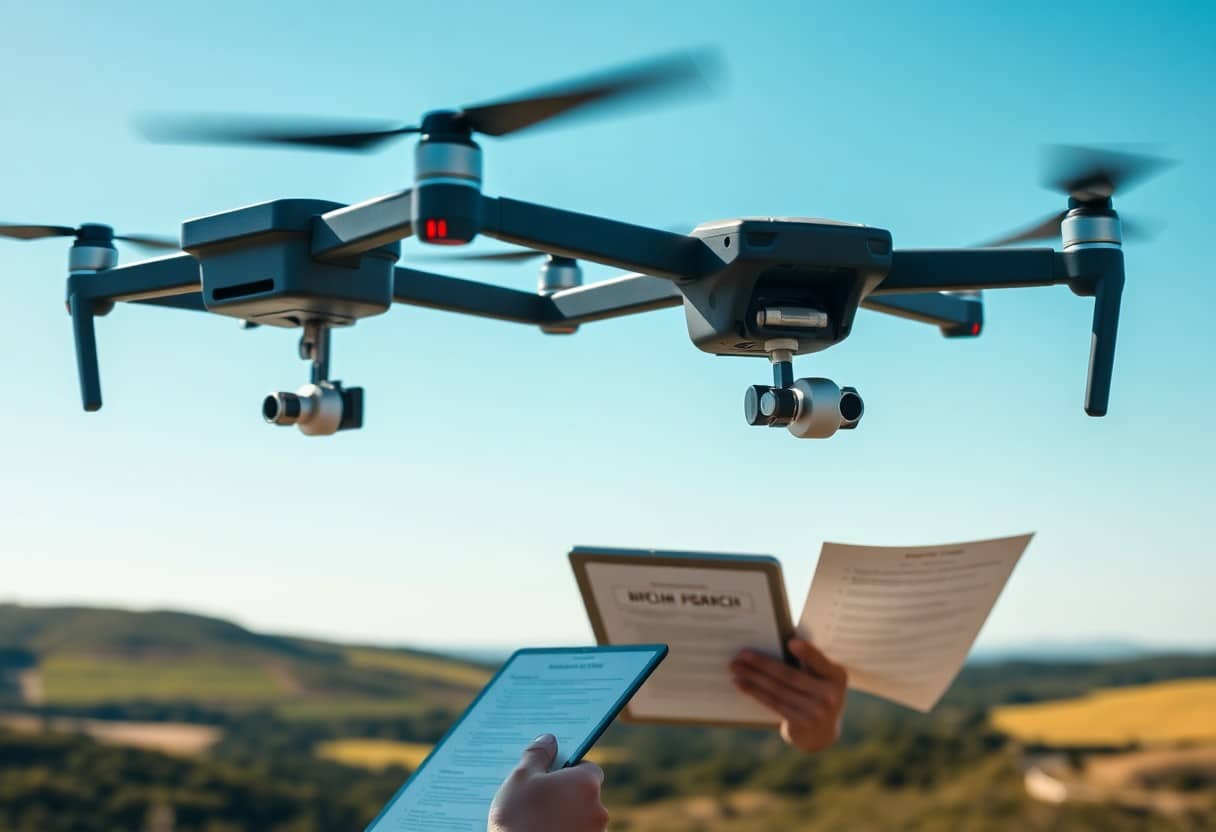
Important points:
- Understanding Parameters: Familiarize yourself with local drone laws and regulations as soon as possible to avoid future hassles.
- Choosing the right model: Ensure that the selected drone meets the required application and licensing requirements.
- Preparation of complete documents: All necessary documents and information should be prepared when applying for a permit.
- Consideration of security measures: Demonstrate that your operations will follow safety standards and reduce flight risk.
- Contact Us: Be proactive in contacting local organizations for guidance to ensure a smoother application process.
- Follow the schedule: Plan every step of the application process in advance to avoid delays.
- Continuous Learning: Update your knowledge of drone law regularly as technology and regulations change.
Understanding Drone Regulations
Before proceeding with drone operations, you must have an in-depth understanding of the relevantStatuteThe use of drones is governed by a variety of laws and regulations. The use of drones is governed by a variety of laws and regulations that address not only flight safety, but also important issues such as privacy. Keeping abreast of these laws and regulations will help you successfully complete your flight.License ApplicationTo avoid potential legal problems.
Type of drone operation
- Business Use
- Entertainment
- Public safety purposes
- Scientific research use
- Agricultural Applications
The regulatory requirements for different types of drone operations will vary. and as a result, ...You need to make sure that you follow the appropriate regulations depending on your actual type of operation.
| Operation Type | Applicable Laws and Regulations |
| Business Use | Business License Required |
| Entertainment | Follow basic operating rules |
| Public safety purposes | Compliance with local government regulations |
| Scientific research use | Special Permission Required |
Major Regulatory Bodies
The regulation of drones varies from region to region.Regulatorsresponsible, usually including the Civil Aviation Authority (CAA) and local governments. These organizations are responsible for creating regulations and issuing permits, as well as ensuring the safety and legality of drone operations. Learn aboutThese organizationsroles and responsibilities that will help you meet your requirements effectively.
Globally, there are several key regulatory agencies responsible for drone-related laws and policies. In the United States, the Federal Aviation Administration (FAA) is the primary regulatory agency responsible for drone flight safety regulations and permits, while in other countries and regions, this may include legal authorities such as the Civil Aeronautics Administration (CAA) or the local Ministry of Transportation (MOT). These agencies developlegislationrespond in singingGuidelinesIt is critical to ensure the safety and legality of drone operations. Understanding their different requirements can help you prepare for this.Avoidance of violationsBehavior.
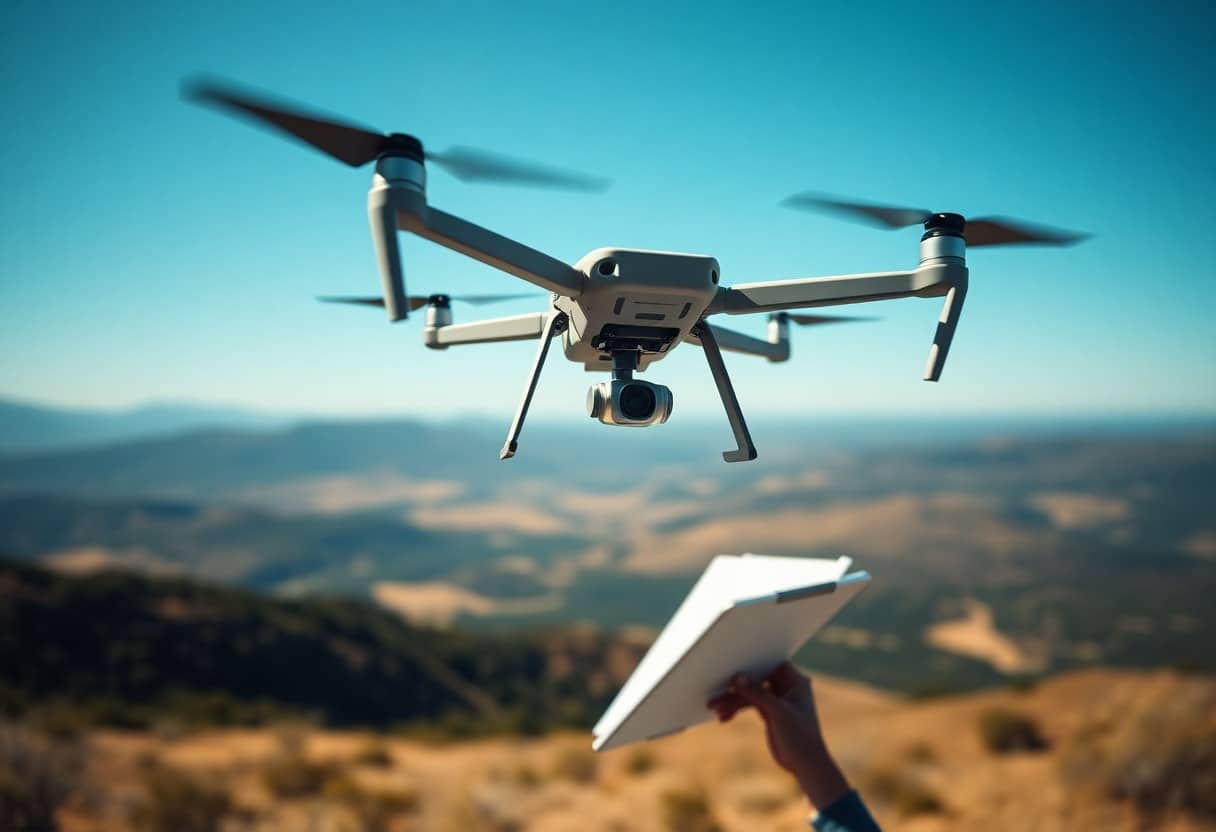
Prepare your application
Before starting the application process, you need to carefully prepare all the required documents and information. Knowing your local drone regulations and making sure you meet all the requirements will pave the way for your application. Proper preparation of information will avoid unnecessary delays and make your application process smoother.
essential file
When submitting your application, you will need to provide someRequired documentationsuch as proof of identity, proof of drone registration and insurance documents. Confirm the completeness of all documents to minimize bureaucratic hurdles. In addition, requirements may vary from region to region, so be sure to research the specific requirements that apply to your situation.
Writing a proposal
Write aClear and convincing proposalsThis is the key to successfully obtaining a license. Your proposal should detail the use of the drone, the flight plan, and safety measures. By demonstrating your understanding ofSafety and ComplianceThe importance of this can greatly increase the chances of approval.
When writing your proposal, you should clearly outline the purpose of the drone's operation and provide a detailed flight path and flight schedule. In addition, emphasize the approach you will takesecurity measureFor example, risk assessment and contingency planning. This not only demonstrates your professionalism, but also helps build trust with regulators. Remember, clear communication and thorough preparation are the keys to success!
Application Process
Before you start applying for a permit, learn about the entireApplication ProcessIt's very important that you familiarize yourself with the relevant laws and regulations. First of all, you need to familiarize yourself with the relevant laws and regulations, which will help you to submit your application smoothly. If you are new to the process, we suggest you read this article:What are the key technologies for successful drone piloting?
Submission Guidelines
Make sure your application includesNecessary documents and intelligence. Read each requirement carefully to avoid errors, including the timing and format of submission. Failure to follow the specifications may delay approval of your permit.
Common Pitfalls
During the application process, there are severalCommon PitfallsWhat to avoid. First, many applicants overlook details such as proper formatting of documents and completeness of information. In addition, submitting your application in a timely manner is critical, as delays can result in permit denials.
To avoid theselit. a pit for trapping animalsYou should double-check all information before submitting to make sure it is correct. Understanding the specific requirements of the application, such as whether a background check or microdrone operation conditions are required, is also necessary. Remember to complete all procedures before the deadline to avoid delaying your application, which may even result in the denial of your permit. Therefore, preparing and double-checking every piece of information ahead of time will make the process go much smoother.
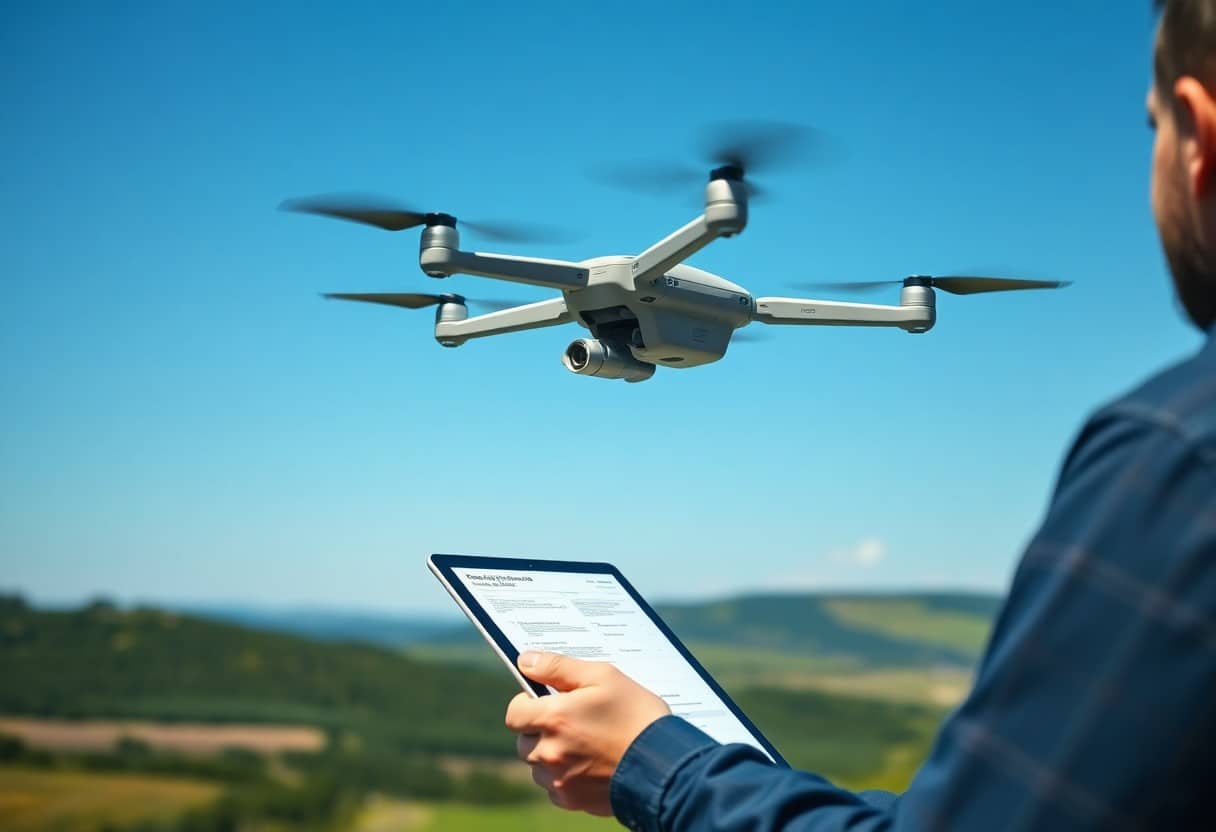
Waiting for approval
After submitting your drone permit application, it is now time to wait patiently for approval. In the meantime, you can delve into the basics of drone operation, and we recommend you refer to8 Powerful Steps to Improve Your Drone Photography SkillsThis will help you prepare for your upcoming flight.
Time Expectation
Typically, the time required for the approval process may vary depending on the region and type of application. In some cases, you may need to wait a few days, while in others, it may take a few weeks. Therefore, it is important to take this time into consideration so that you can plan further.
Follow-up procedure
If you do not receive a response within the expected time frame, you may want to consider taking the initiative to follow up. Inquiring about the status of your application via phone or email will not only provide you with an update, but will also show that you are taking the process seriously.
Following up on the process is an important step in ensuring that your application goes smoothly. By contacting the relevant department in a timely manner, you can review the progress of your application and any potential problems, which is an effective way to avoid delays. At the same time, make sure that you show the proper respect and courtesy in your contact, as this will help to establish a good rapport and increase your chances of approval. Remember to remain patient as every case takes some time to process.
Compliance
When applying for a drone license, it is important that you fully comply with the relevant regulations and ensure that your operation meets all legal requirements. This will not only help you obtain a license, but also avoid future legal problems. For more information, seeSimplify Your Workflow - 7 Steps to Optimize Your 3D Modeling Softwarefor more in-depth guidance.
Post-approval responsibilities
Once you are licensed to operate a drone, you need to ensure that you comply with all subsequent regulations and requirements. This includes regularly checking your equipment, updating your registration, and reporting incidents or violations as necessary to ensure that your operation remains safe and compliant.
Safety and Operating Procedures
build upSafety and Operating Proceduresare the foundation for ensuring the safety of your drone operations. These procedures should include pre-flight inspections, operator certification, and emergency response plans. This not only protects your safety and the safety of others, but also maintains the legality of your operations.
in formulatingSafety and Operating ProceduresYou should consider all potential hazards when flying your drone. For example, require the operator to conduct a full range of equipment checks prior to flight to ensure reliable drone performance. In addition, you should have clear emergency procedures in place to deal with unforeseen situations quickly. By taking these steps, you can minimize risk, increase flight safety, and enhance audience confidence in your operations.
Update your license
Keeping your license valid is crucial during drone operations. You need to regularly check that your permit is still in compliance with current regulations.and whether renewal or re-application is requiredIf your license expires, it may affect your ability to operate the drone or even lead to legal consequences. If your license expires, it may affect your drone's operating privileges and may even lead to legal consequences.
When to re-apply
When a license is about to expire, you should start reapplying as soon as possible. Depending on local laws, the expiration date of the permit and the frequency of reapplications may vary. It is generally recommended that you start the process three months before the due date.The
Modifications and amendments
When your drone may undergo any kind of change, such as upgrading the equipment or changing the operating range, you need to
Consideration of Consequential Changes and Amendments to the PermitThis not only ensures that you comply with local regulations, but also avoids possible fines or legal risks. This not only ensures that you comply with local regulations, but also avoids possible fines or legal risks.
In practice.Any significant modifications to the droneIf you have a new license, such as the addition of a new feature or a change in the scope of a flight mission, you are required to notify the relevant authorities in a timely manner. Ensuring that you are fully aware of the latest requirements for your license effectively reduces the risk of not being able to comply with new regulations. This not only helps with legal compliance, but is also important for your own safety and the safety of others.
Pilot Drone Regulations - 8 Steps to a Successful License Application
Following these eight steps can help make your drone permit application a lot smoother. From understanding local regulations to preparing the required documents, each step is important to minimize the difficulties and obstacles in the application process. By making sure you have the most up-to-date information and being patient with any questions that may arise, you'll be able to successfully obtain a permit to fly your drone to its full potential in a safe and legal manner.
Frequently Asked Questions
Q: What are the regulations governing drone operations?
A: Regulations on drone operations refer to the laws and regulations on drone flights in each country or region, including flight altitude, flight location, operator qualifications, etc., aiming to ensure airspace safety and public safety.
Q: What are the steps to apply for a drone license?
A: The steps for applying for a drone permit generally include: 1) Understanding local regulations; 2) Determining the type of permit required; 3) Preparing relevant documents; 4) Filling out the application form; 5) Submitting the application; 6) Waiting for review; 7) Obtaining the permit and complying with the regulations.
Q: How do I find the drone regulations that apply to my area?
A: You can visit your local Civil Aviation Authority or its website for the most up-to-date information on drone regulations, or seek the help of a professional advisor for information specific to your area.
Q: How long does it take to apply for a drone license?
A: The time it takes to apply for a drone license depends on the processing speed of each country and usually ranges from a few days to a few weeks. You can check the average processing time in your country before submitting your application.
Q: What are the consequences if my drone operation violates the law?
A: Violations of drone regulations can result in fines, license revocation, and even criminal charges. In the event of an accident, the consequences can be even more serious, including legal liability and compensation claims.
Q: Can I fly a drone in the city?
A: Flying a drone in a city is usually subject to more stringent restrictions, including no-fly zones, altitude restrictions, and permit requirements. It is recommended to check the regulations carefully before flying.
Q: How do I make sure my drone complies with safety regulations?
A: To ensure that your drone complies with safety regulations, you should regularly check the drone's equipment functions, battery condition, and software updates. It is also necessary to familiarize yourself with the operator's manual and attend relevant training courses.
